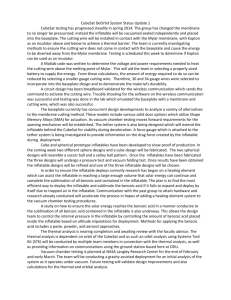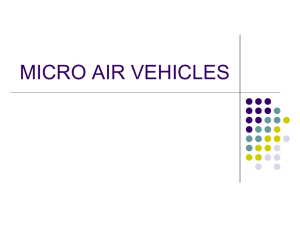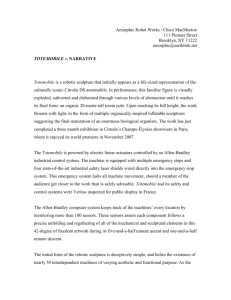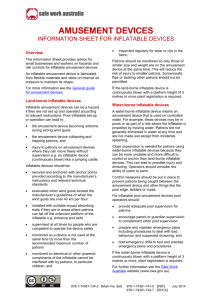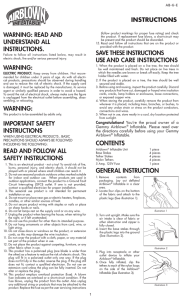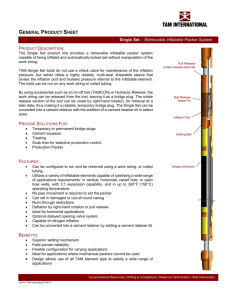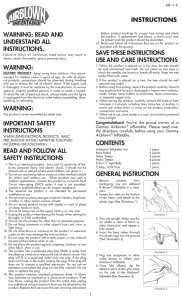Abstract: Wireless Applications for Structural Monitoring
advertisement
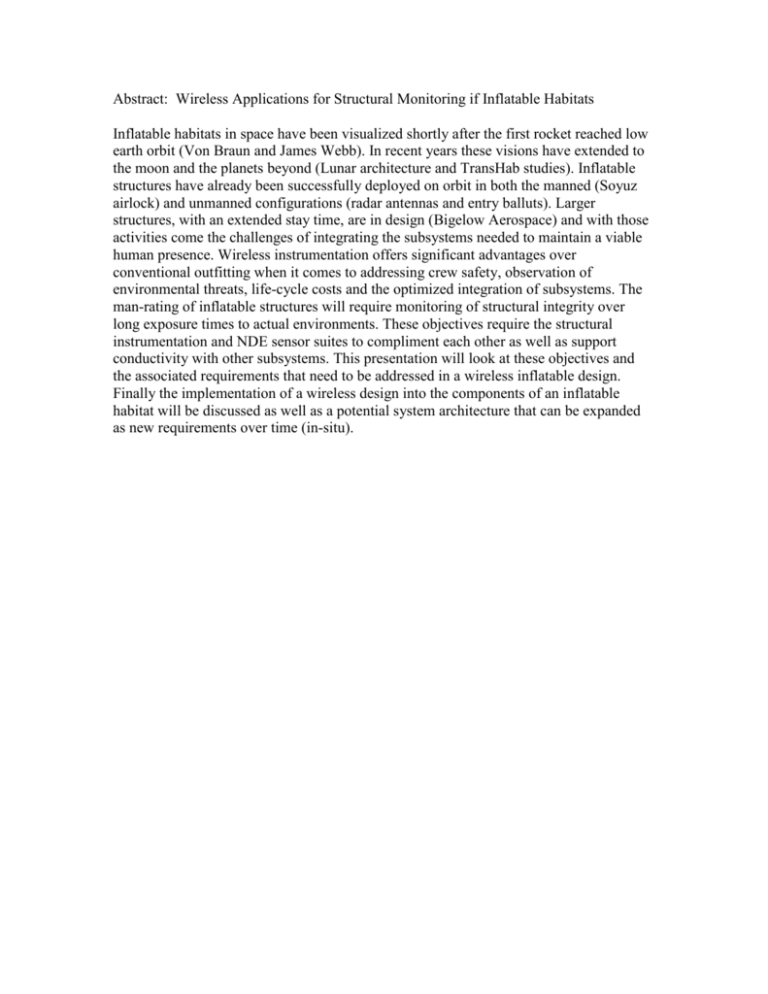
Abstract: Wireless Applications for Structural Monitoring if Inflatable Habitats Inflatable habitats in space have been visualized shortly after the first rocket reached low earth orbit (Von Braun and James Webb). In recent years these visions have extended to the moon and the planets beyond (Lunar architecture and TransHab studies). Inflatable structures have already been successfully deployed on orbit in both the manned (Soyuz airlock) and unmanned configurations (radar antennas and entry balluts). Larger structures, with an extended stay time, are in design (Bigelow Aerospace) and with those activities come the challenges of integrating the subsystems needed to maintain a viable human presence. Wireless instrumentation offers significant advantages over conventional outfitting when it comes to addressing crew safety, observation of environmental threats, life-cycle costs and the optimized integration of subsystems. The man-rating of inflatable structures will require monitoring of structural integrity over long exposure times to actual environments. These objectives require the structural instrumentation and NDE sensor suites to compliment each other as well as support conductivity with other subsystems. This presentation will look at these objectives and the associated requirements that need to be addressed in a wireless inflatable design. Finally the implementation of a wireless design into the components of an inflatable habitat will be discussed as well as a potential system architecture that can be expanded as new requirements over time (in-situ).


